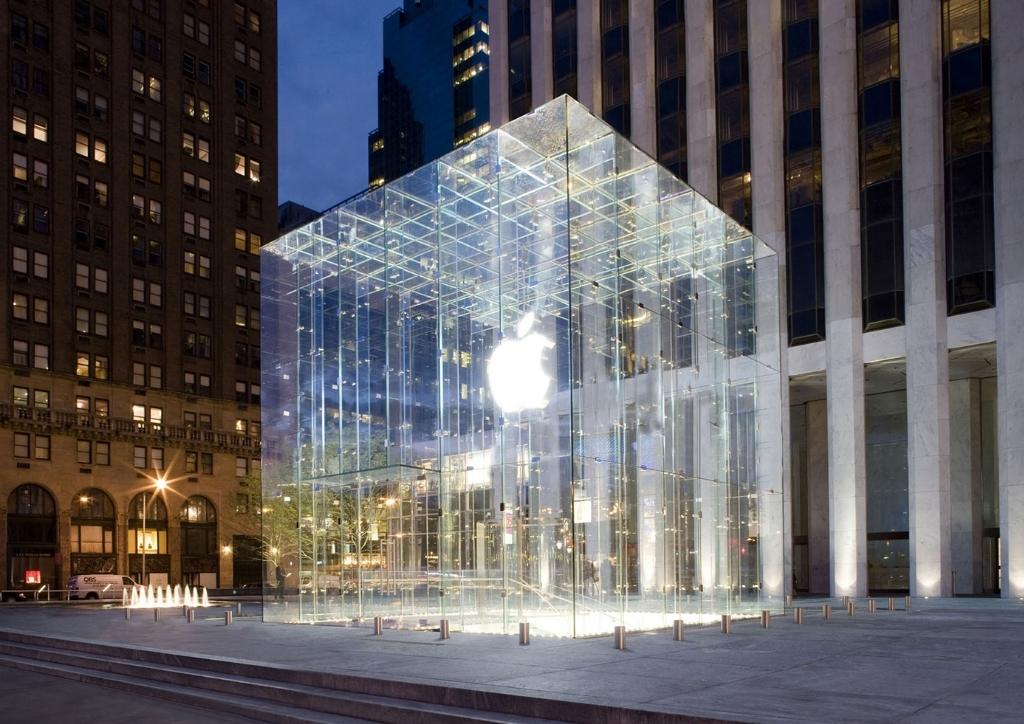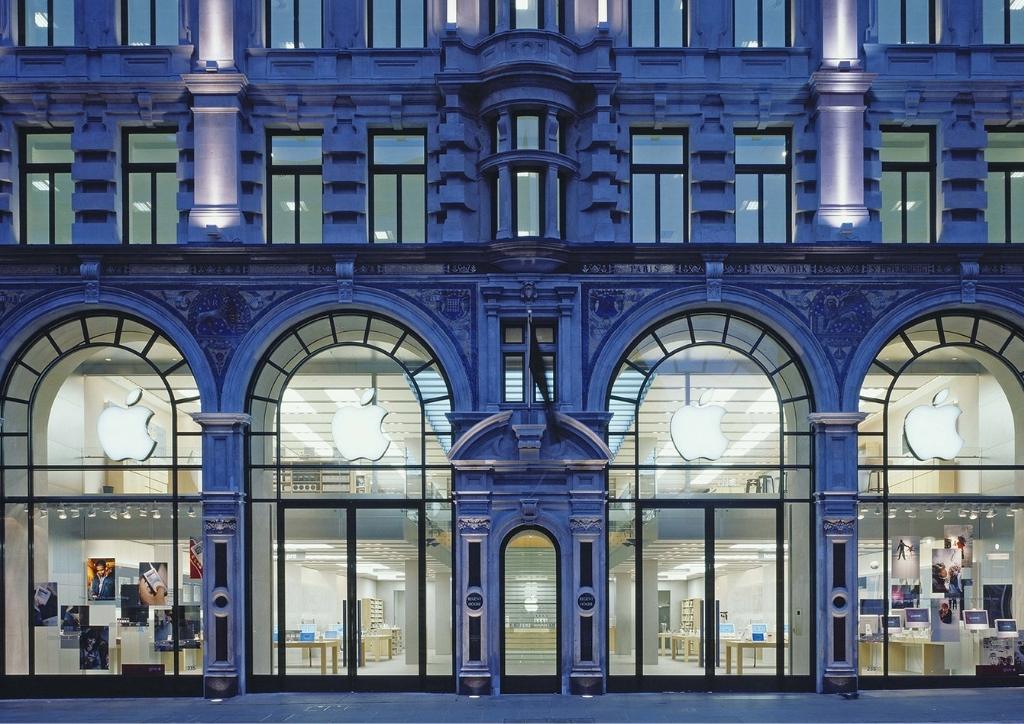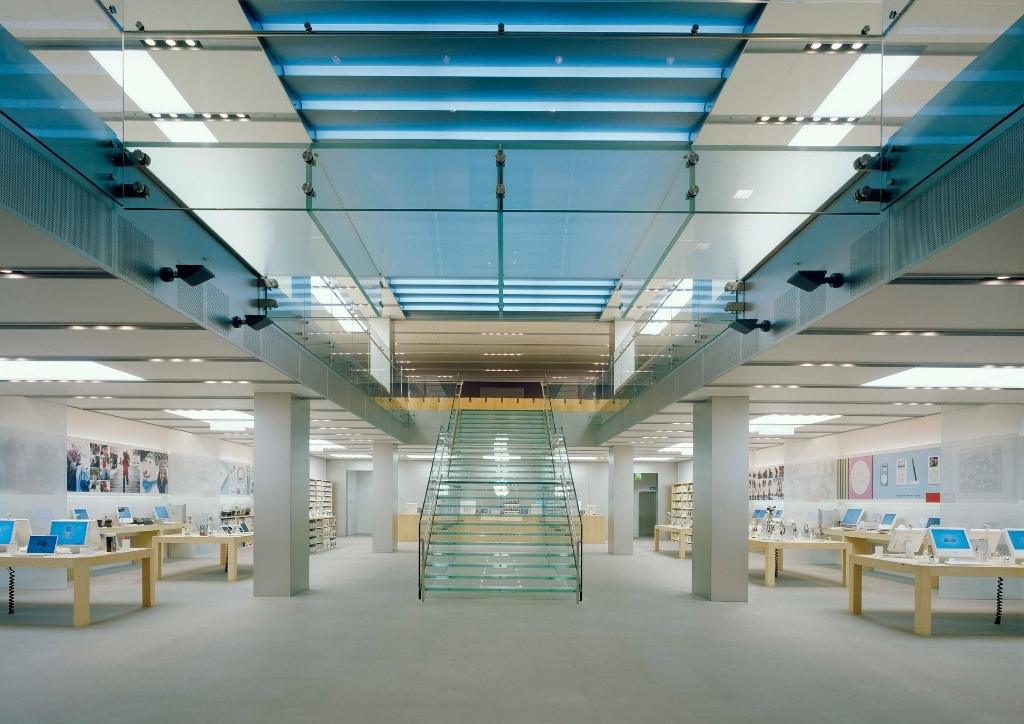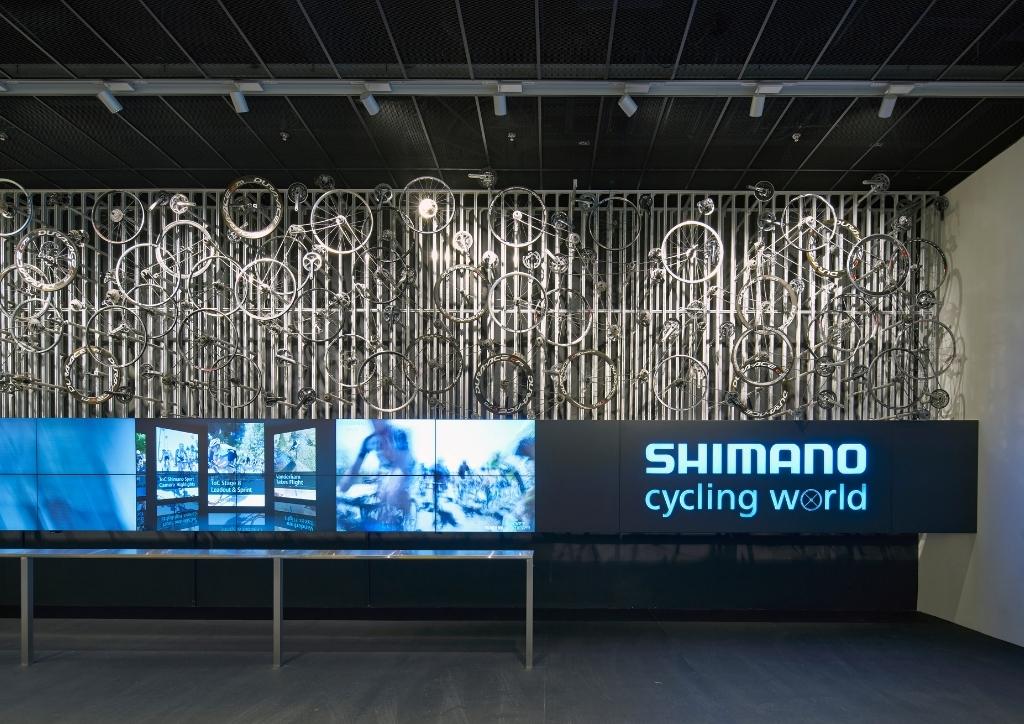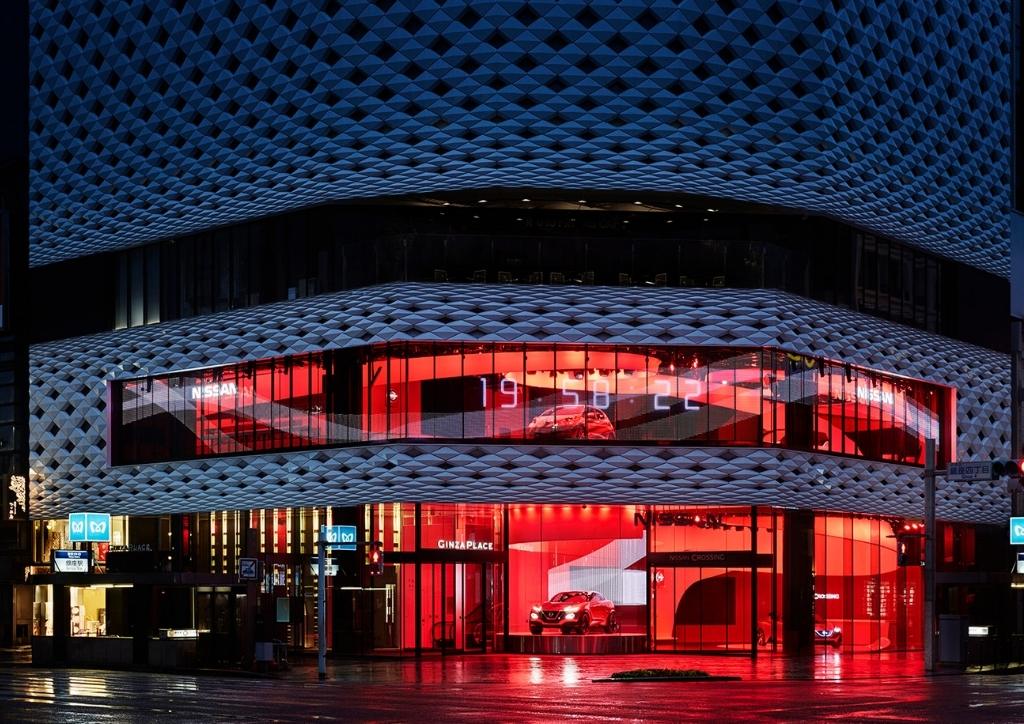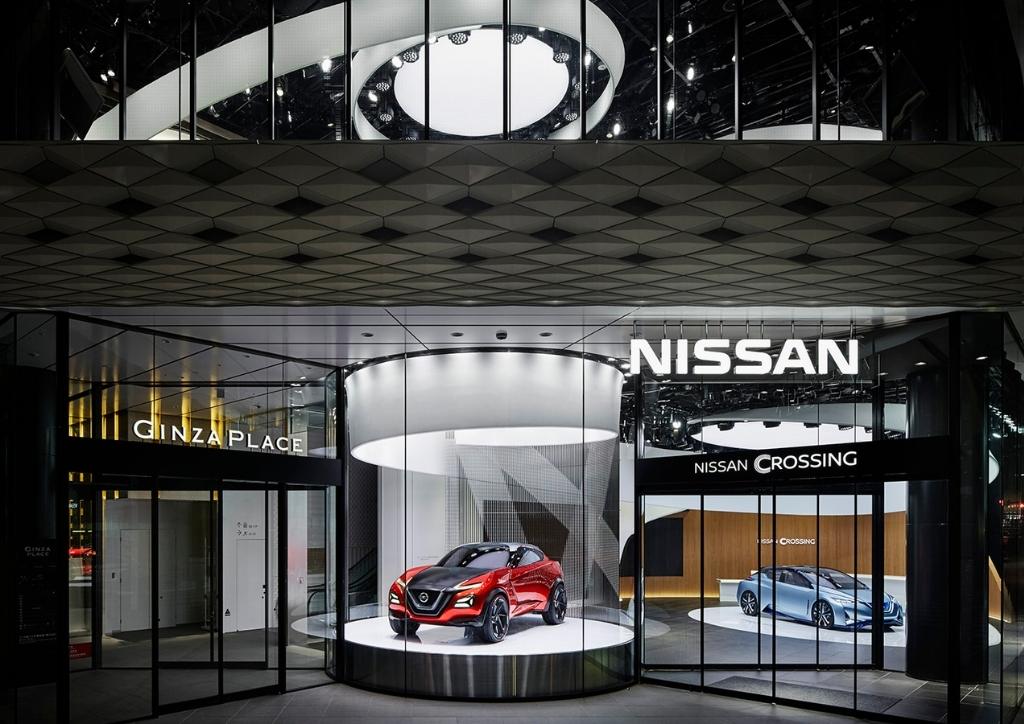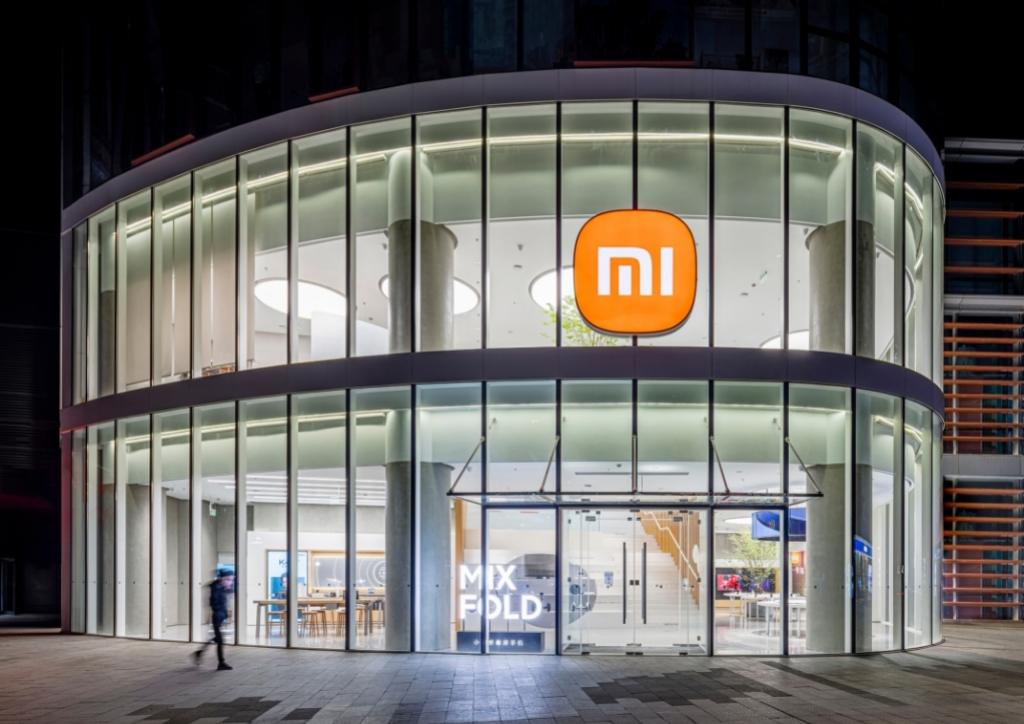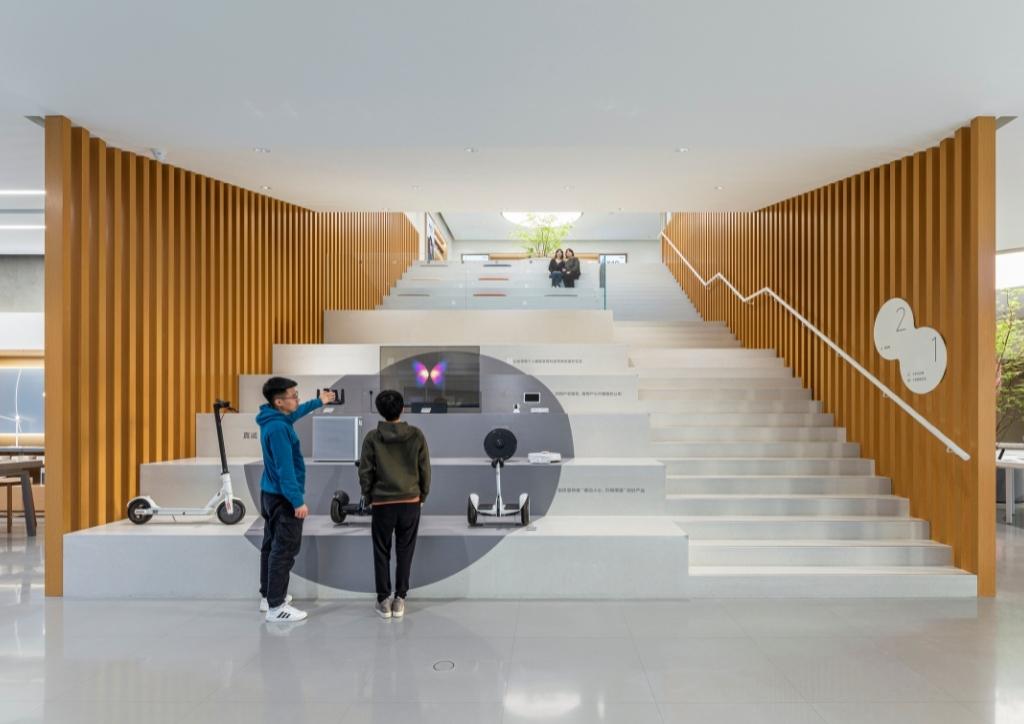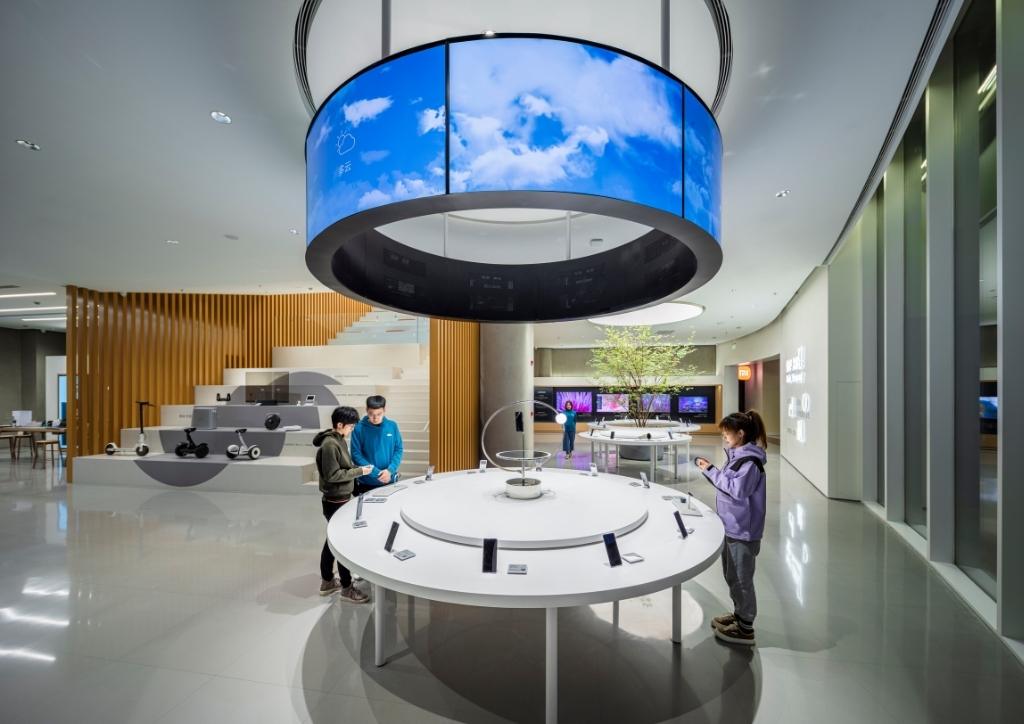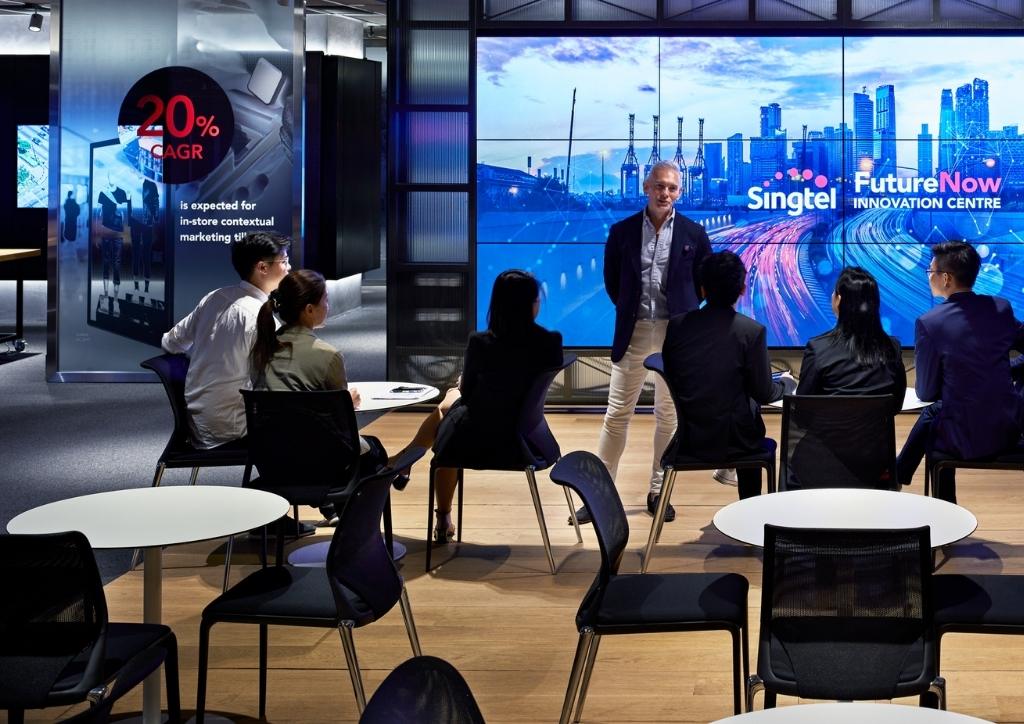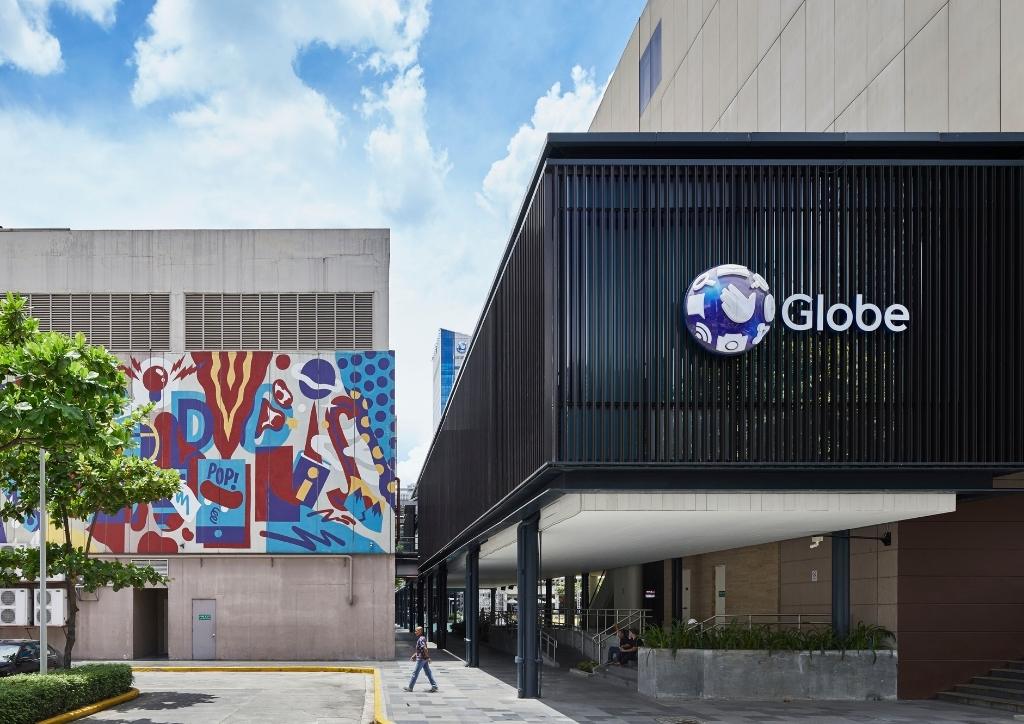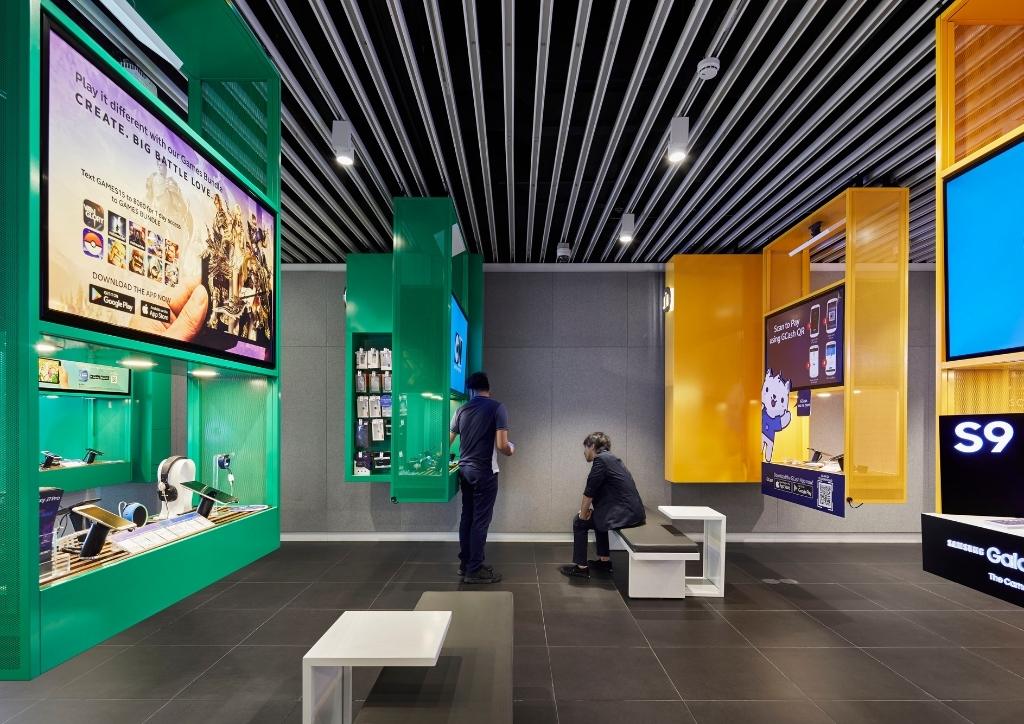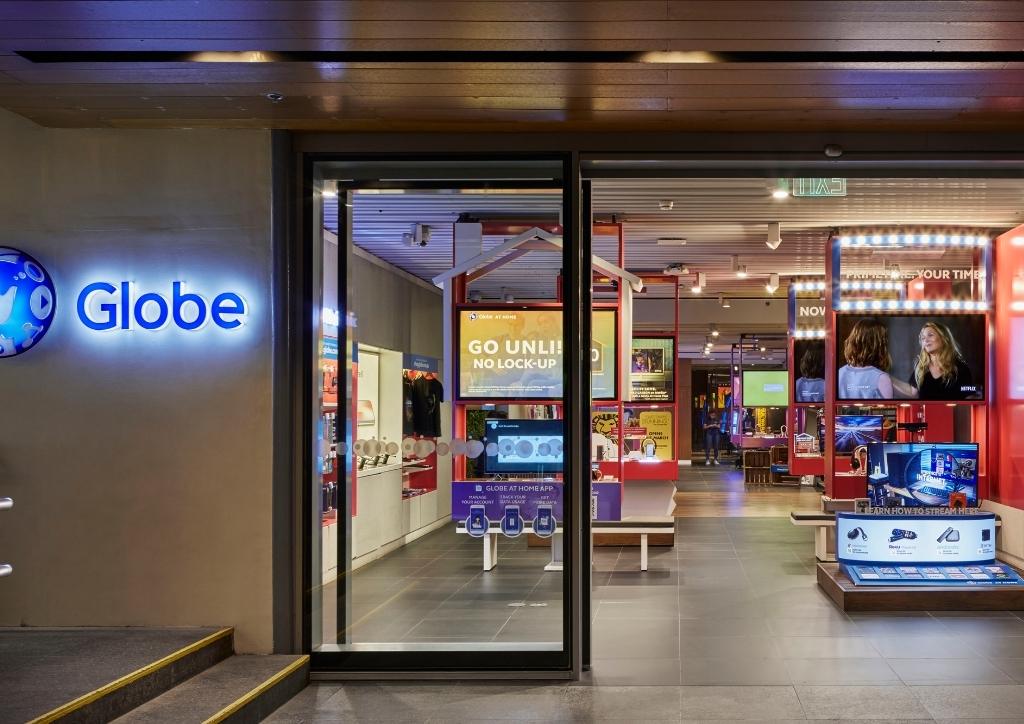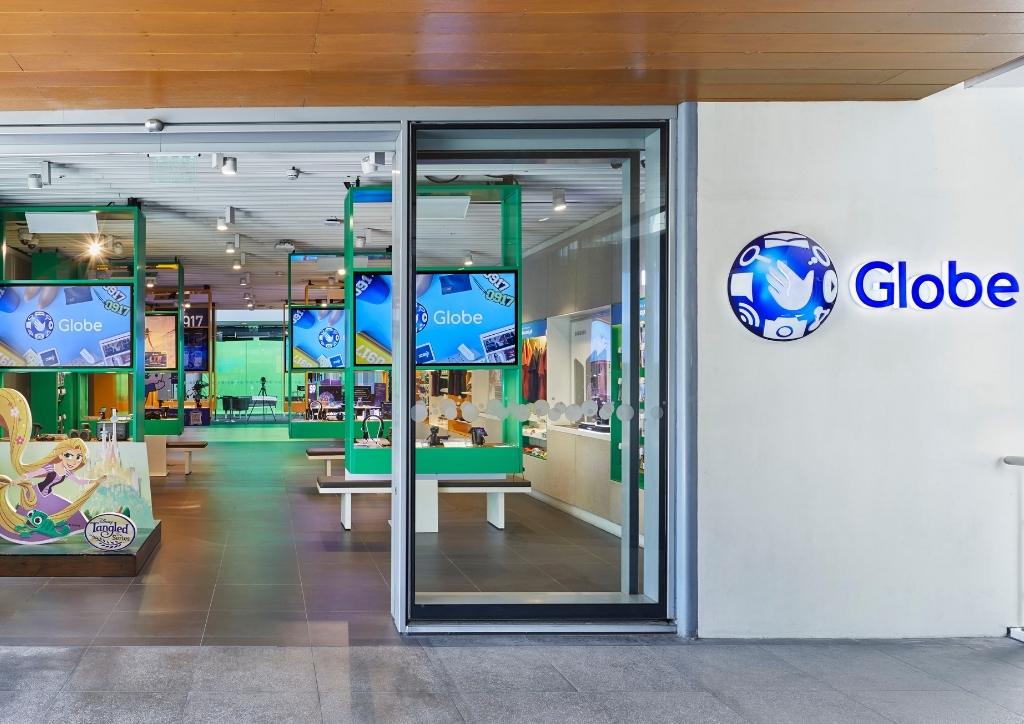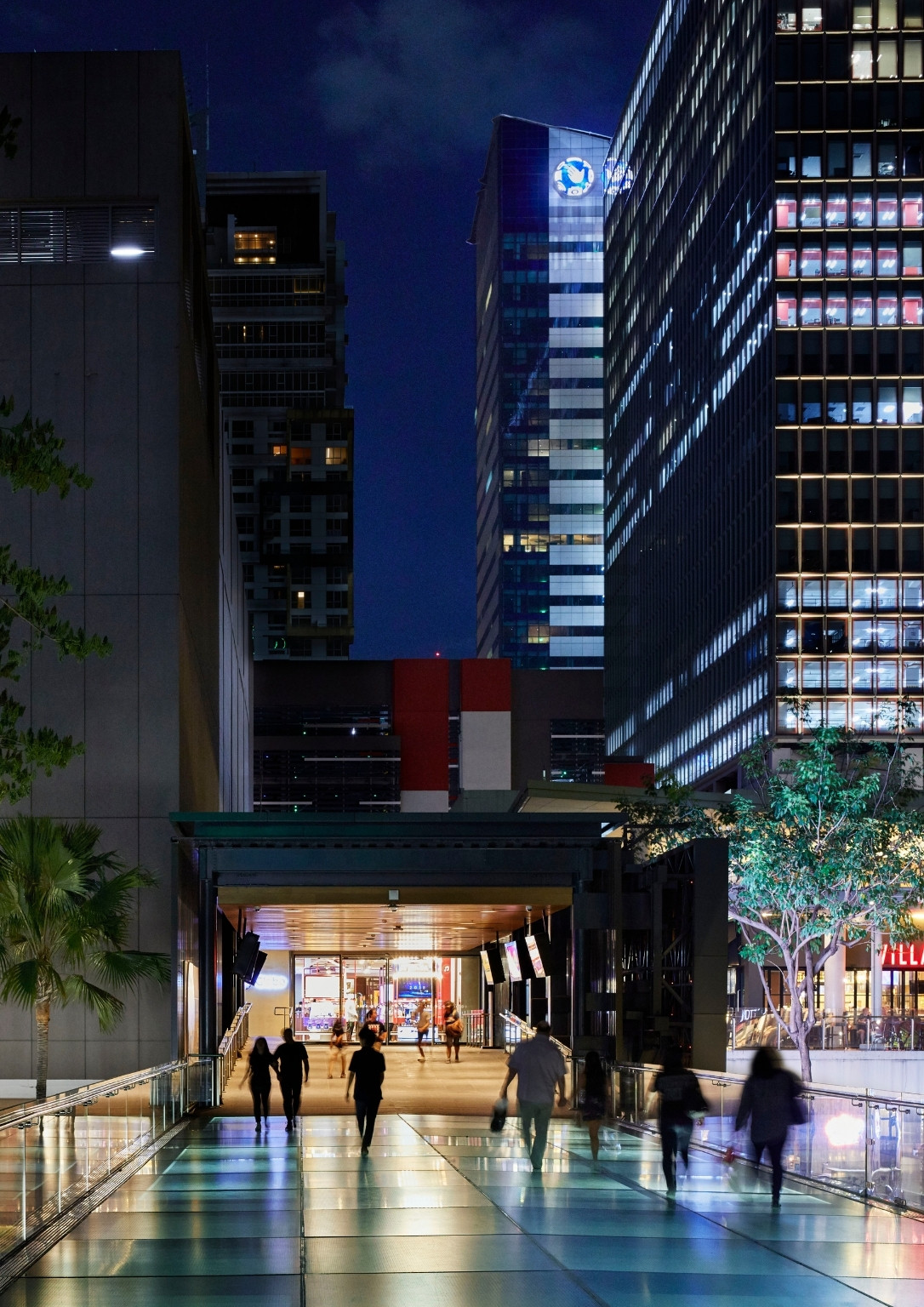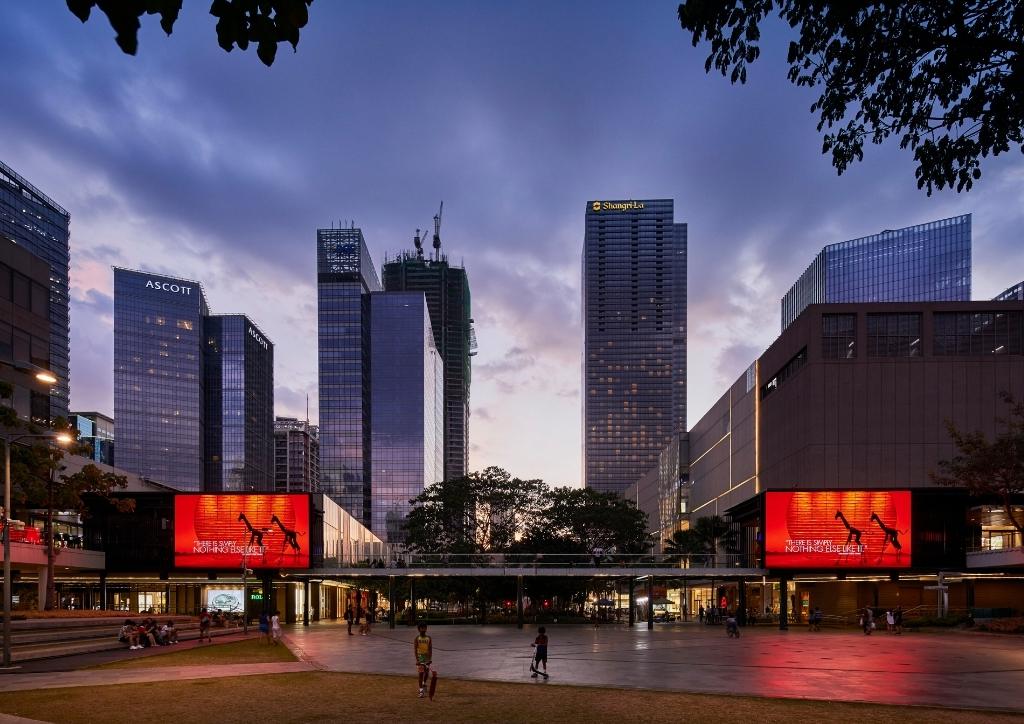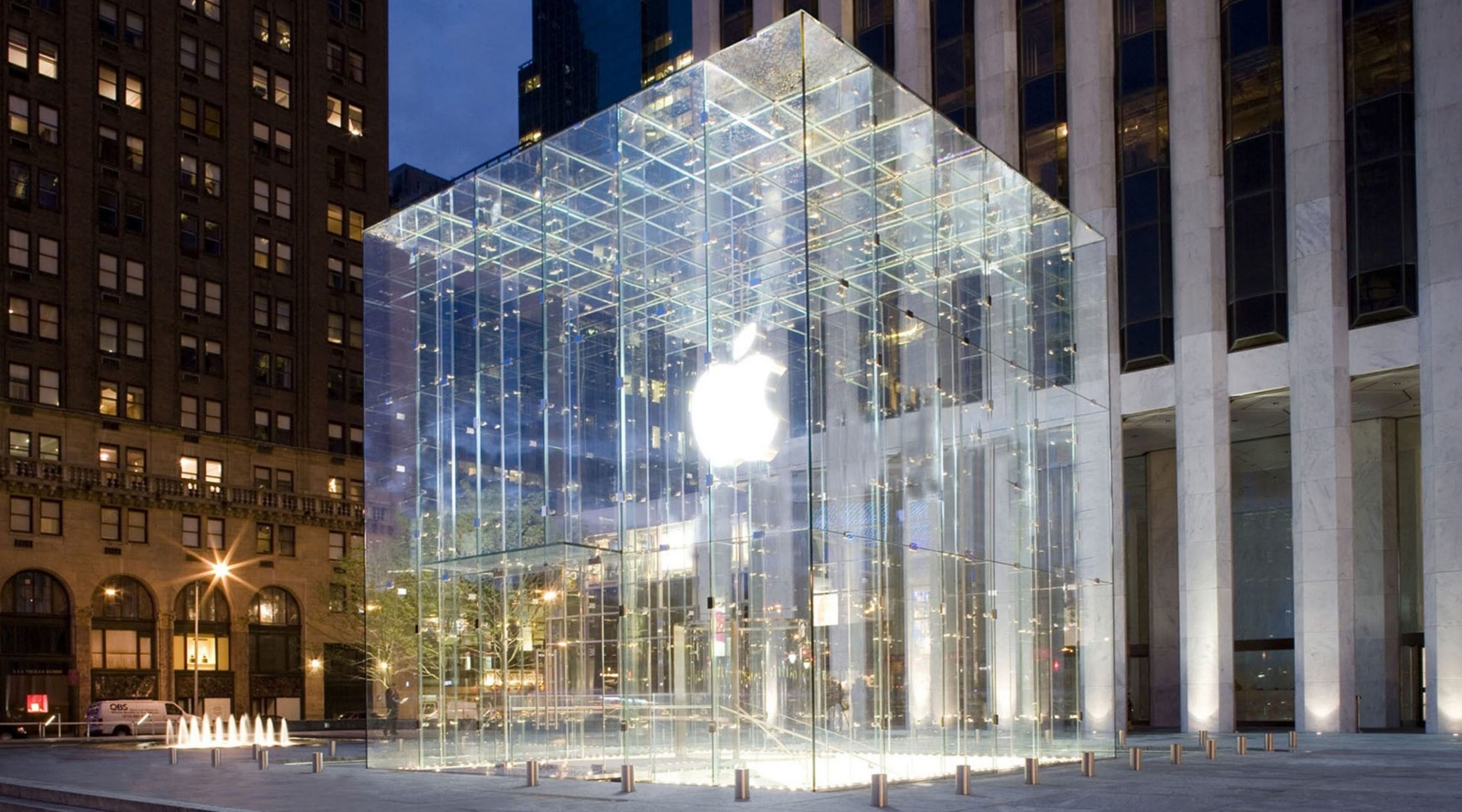
Retelling Retail: Responding to the Changing Needs of Retail Spaces
It’s easy to see how much retail spaces have evolved in the recent years. The notion of them as point of transactions is becoming increasingly obsolete. In an age where anyone can easily shop for goods and avail services online, physical stores are quickly becoming out-of-date. This major challenge that has been looming over brands and businesses is what retail architecture needs to address, according to Chris Dobson, Executive Principal of strategic design firm Eight Inc.
“If we look at the post war period, the retail industry was built on two primary assumptions. The first is that in order to sell things you needed a physical shop. The second is that the best way to get someone to drive visitation to a retail destination was through advertising. The Internet age invalidated that assumption,” he noted in this exclusive interview. “Today we can purchase almost anything, anytime, and have it delivered to us. We also see a huge proliferation of media channels (where we once just had TV, Print and Radio). There’s also a huge reduction in the effectiveness of most advertising.”
Retail spaces as places of brand engagement, not transaction
To develop really compelling retail programs, Dobson said it’s important for architects and designers to challenge these assumptions. Currently, most retail spaces are engaged in creating business value, while brand identities are often anchored on the aesthetics. “When a project starts with a desired business outcome, the strategy and activations will be skewed towards that,” he adds.
He suggests shifting the focus on creating a human value instead of business value. For this, he encourages clients and designers to think about what a retail space might be as a place of brand engagement, not just transaction. The reality is, retail isn’t about buying goods anymore, and they must embrace it, not fight it.
“We look first at the human value we can create for our users. Then, we holistically look at how the role of space, communication, service-design and technology can work in concert to create a unique customer experience that is built and evaluated on its ability to engage, not to sell.”
This idea is what drives Eight Inc.’s creative process for crafting customer journey and experience in a retail space. Through an immersion period with their clients, they observe how customers interact with the space. This allows them to pinpoint the areas of disconnect, nuances, and generational differences. Finally, they integrate a human-centric design aligned with the vision of the business, while also addressing levels of subjectivity.
“By implementing this strategic framework, we can add human value to the space. Corporate vision often doesn’t translate well into design. Hence, there’s a need to humanize the store experience. When your design process is in service of the user, it changes the way you think about and design everything in the journey.”
Quoting Steve Jobs, Dobson added that Eight Inc. believes that “Design isn’t how something looks, it’s how it works.” However, he observed that most brand guidelines are stuck in the old ways. He described it as an advertising-based world that is obsessed on how things “look.”
“To design a good-looking retail space is reasonably easy. To consider how it works is a very different approach. It means we often need to work with clients to enhance their existing brand frameworks. We take them from a series of brand values and communication principles, to a more holistic experience strategy built on a customer-centric vision and guiding design principles.”
Working with, not against digital convenience
There’s no doubt that the future is becoming increasingly digital. As such, it has also become more difficult for physical spaces to compete with online shops. Even before the pandemic hit, the risk of online shops cannibalizing physical stores has always been looming over businesses. For Dobson, however, the latter will always have an advantage over its virtual counterpart. Digital platforms don’t provide sensory experience. “While digital is brilliant at making our life simpler, it is very cold and transactional. It’s the physical space that makes brands human. We need to remember that more.”
“So often we become obsessed with retail design being about the aesthetic or spatial experience. But that is only part of the equation. Designing great experiences takes innovation in both space and operational design,” he noted.
With all its advantages, digital solutions can be an integral part of enhancing the look and feel of retail spaces. Successful digital platforms use customer data to create a more personalized or customized experience. This, according to Dobson, is an example of how physical stores can use these modern tools to their advantage.
“I think the convergence of high-speed internet, smart machines, blockchain, and spatial design will be absolutely transformative. It might take a bit longer than a year for this to be fully realized. But I can see retail design starting down this path. Some of the initial experiments about bringing together virtual worlds and the physical world (URL meets IRL) will be really interesting. It will dominate a lot of the narrative.”
Rethinking Philippine retail design
Eight Inc. has been working in the Philippines for around 10 years, with projects that include Globe and BDO. In that time, Dobson said that all their work challenged the assumptions that a space can play for a brand. This includes using retail design to redefine the customer relationship. “This has led us to very different outcomes, as every brand and the way in which they can create customer value is very different. Context is very much king in that respect.”
The firm also observed that more companies are going beyond “international best practice” to bring expressions that are uniquely Filipino. Dobson noted that this is great to see, since “best practice” shouldn’t be the be-all and end-all of retail architecture.
“Best practice makes you just the same as everyone else. Real innovation is based on differentiation value. And often, the best form of differentiation is one that is based on a unique cultural insight. Over time, we’ve worked with our clients to try and seek out these cultural insights and bring them through in our work.”
He goes on to remind us that Philippine culture is so unique. “It is vibrant, colorful, energetic and has such a strong element of hospitality to it. These are amazing things to work with. Of course, it’s great to take inspiration from the best the world has to offer. But often, the most impactful ideas are much closer to home.”
Closer attention to local context and cultural insights is just one of the things that he believes will shift retail architecture in the Philippines. For any real change to happen, internal transformation should drive innovation. Corporate businesses should rethink their structure, and even whether they are incentivizing sales or customer experience.
“This makes a lot of businesses very uncomfortable. The past is familiar, comfortable. It gives reassurance. The really innovative businesses will be the ones that can challenge these assumptions and adapt to a very different, connected, world that is based on new rules. The best design work will come from the businesses that are brave enough to do this. The briefs they are able to give their design partners will be liberating, and it will transform the retail landscape forever.”
Lastly, Dobson also believes that shifting the focus of retail from transaction to engagement isn’t only realistic. It will also bring interesting and far-reaching transformations in the retail industry across the globe.
“The knock on effects to how we think about everything from front/back of house ratios, merchandising, telling, staffing, and the relationship between retail architecture and e-commerce will be huge, and hugely exciting. I expect that will be the single most transformative element of 2022, but it will put us on the path to something far bigger, and far more profound.”
Photos courtesy of Eight Inc.
